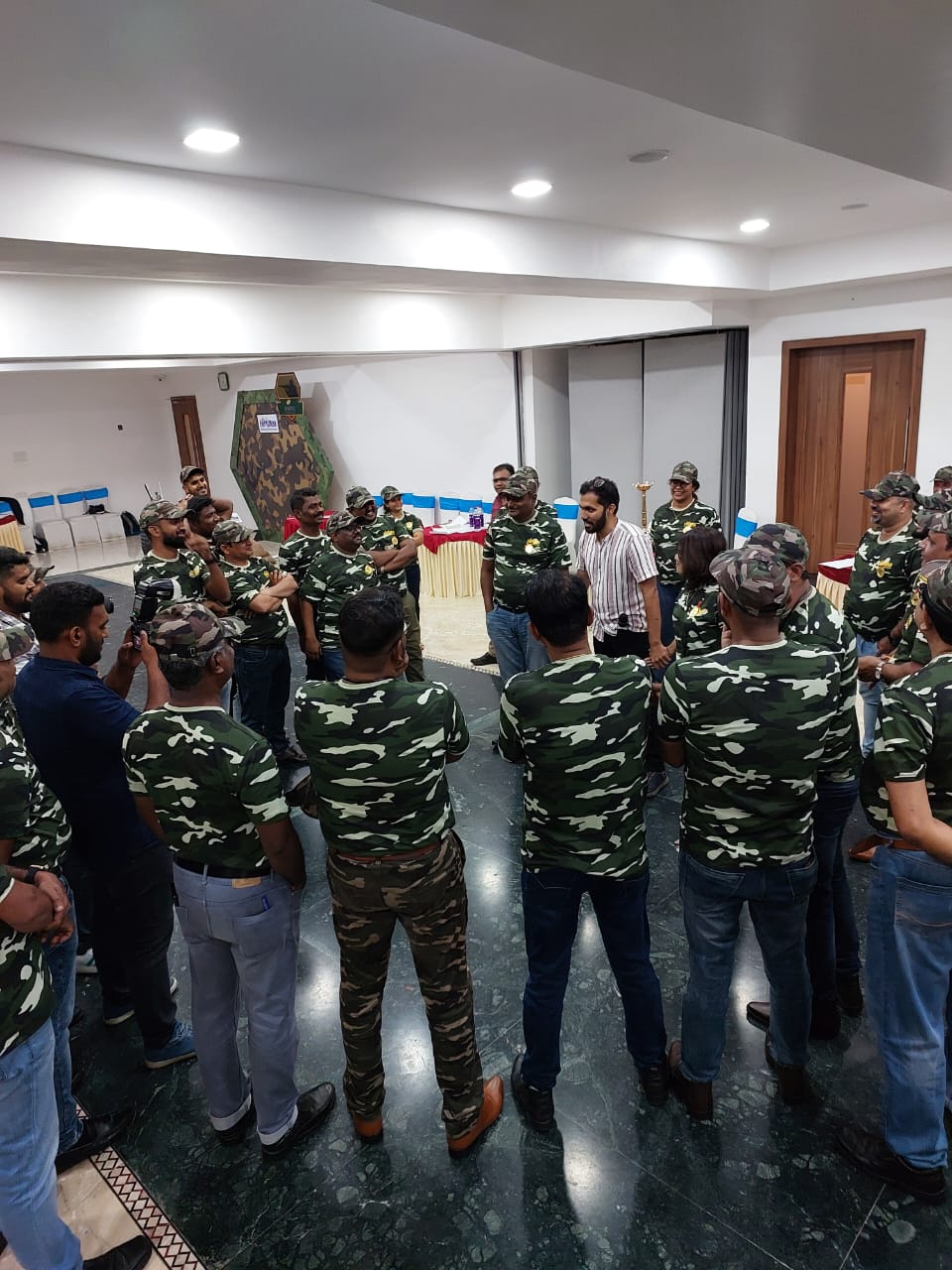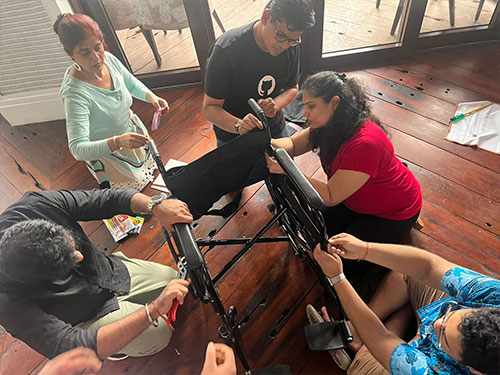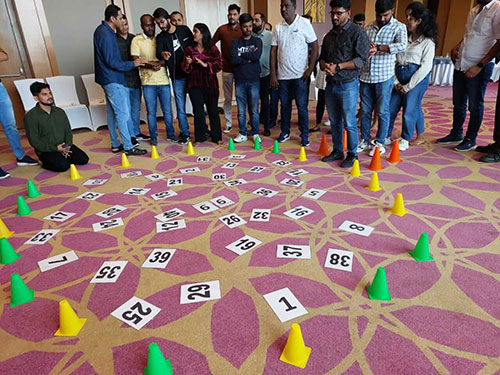Conflict is an inevitable part of any workplace. Whether it stems from differing opinions, work styles, or personal misunderstandings, how we handle these conflicts can make or break team dynamics. In this blog, we’ll explore five effective strategies for resolving conflicts that not only mend relationships but also foster a healthier work environment. Let’s dive in!
1. Address Conflicts Early
The sooner you address a conflict, the easier it is to resolve. Ignoring issues can lead to simmering tensions that disrupt team harmony. Encourage open communication by creating an environment where team members feel comfortable expressing their concerns. When conflicts arise, take the initiative to discuss them promptly. This proactive approach helps prevent misunderstandings from escalating into bigger problems.
2. Encourage Open Dialogue
Creating a culture of open dialogue is crucial for conflict resolution. Invite all parties involved to share their perspectives without fear of judgment. Use active listening techniques to ensure everyone feels heard. This means giving full attention to the speaker, asking clarifying questions, and reflecting back what you’ve heard. By fostering a space where individuals can express their thoughts, you not only promote understanding but also pave the way for collaborative solutions.
3. Focus on the Issue, Not the Person
When conflicts arise, it’s easy to fall into the trap of personal attacks. To resolve disputes effectively, focus on the issue at hand rather than the individuals involved. Encourage team members to express how they feel about the situation without attributing blame. Use "I" statements—such as "I feel frustrated when deadlines are missed"—to communicate feelings without putting others on the defensive. This approach shifts the focus back to problem-solving rather than personal grievances.
4. Seek Common Ground
Finding common ground is essential for resolving conflicts. Once everyone has shared their perspectives, identify shared goals or interests. This can help reframe the conflict as a collaborative challenge rather than a personal battle. Brainstorm together on possible solutions that align with these shared objectives. When team members work together to find a resolution, it strengthens their bond and encourages teamwork.
5. Follow Up and Reflect
Once a resolution has been reached, it’s important to follow up. Check-in with the parties involved to ensure that the solution is being implemented and that everyone is satisfied. This not only reinforces the importance of addressing conflicts but also shows that you value their input and well-being. Additionally, take some time to reflect on the conflict and the resolution process. What worked well? What could have been done differently? This reflection will help your team learn and grow, improving future conflict resolution efforts.
Conclusion
Conflict in the workplace is normal, but how we handle it can significantly impact team dynamics and overall productivity. By addressing conflicts early, encouraging open dialogue, focusing on issues rather than individuals, seeking common ground, and following up, you can create a positive work environment where everyone feels valued and heard. Embrace these strategies, and watch as your team transforms conflicts into opportunities for growth and collaboration!
By implementing these conflict resolution strategies, you’ll not only enhance team morale but also foster a culture of open communication and mutual respect. Resolving conflicts is not just about finding a quick fix—it’s about building stronger relationships and a more cohesive team. Happy collaborating!
Get latest insights into our new exciting activities.



.jpg)


.jpg)










.jpg)






 (1).jpg)






